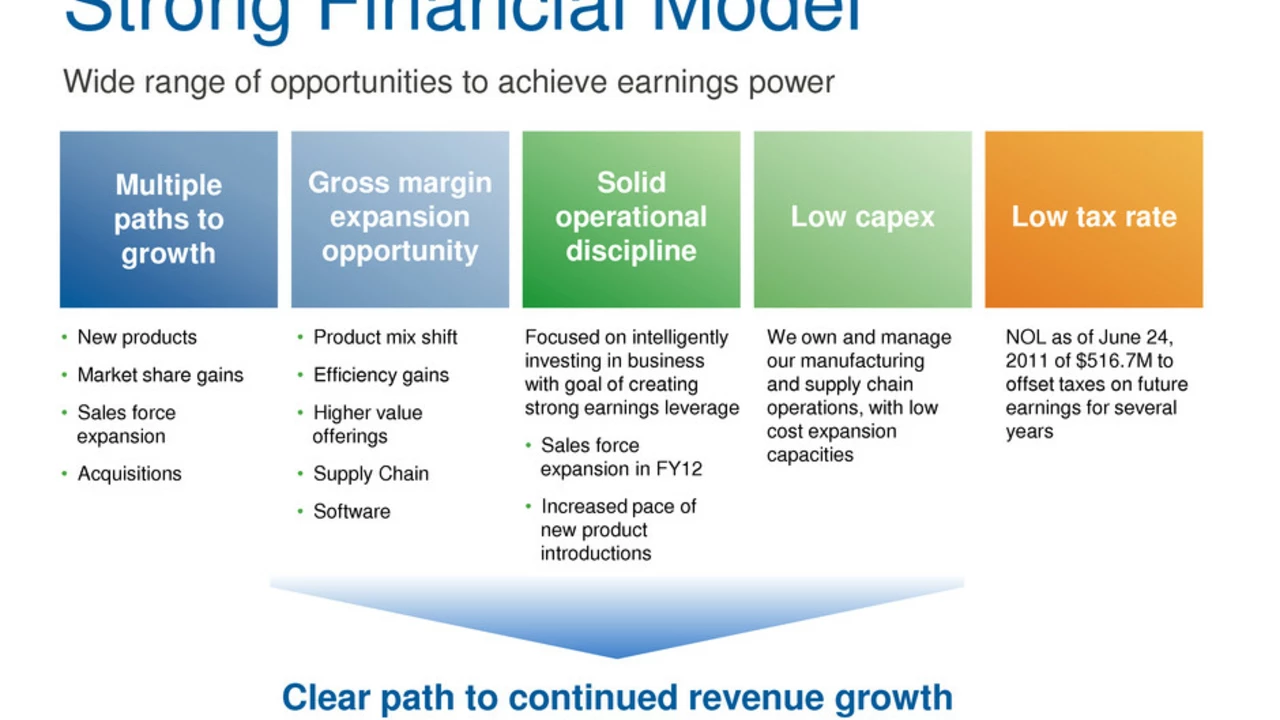The Great Paradox: WNBA's Financial Sustainability
Every time the Women's National Basketball Association (WNBA) season rolls around, so does the perennial debate: how on earth does the WNBA continue to exist if it loses money every year? Now don't get me wrong, I love the game and applaud what the WNBA represents for women's sports. In fact, my better half, Adeline, is an ardent fan of the Melbourne Boomers. But you’ve got to wonder too - how do these leagues, which seemingly operate in the red every year, keep the lights on?
Understanding the Nature of the WNBA's Revenues
The WNBA, much like any other professional sports organization, has multiple streams of revenue. They range from broadcasting rights, ticket sales, merchandising, and sponsorship deals. Now, let's take a moment here to break down these sources. First off, broadcasting rights. Major networks pay a hefty sum to televise games live. Regular season matches, playoff games, highlight reels - all of it adds up to significant dollars.
Now, let's move on to ticket sales. Selling tickets to matches is a no brainer right? But not so fast. Ticket sale revenues can be quite a mixed bag, varying significantly with location, team performance, and marketing. And let's not forget about merchandising. That's right, your collection of team jerseys and memorabilia is a major lifeline for these leagues. Last but not least, sponsorship deals. Companies pay big dollars for their logos to be on team jerseys and courtsides.
The Reality of the WNBA's Expenditures
However, it's not all rainbows and butterflies. The league also has its fair share of expenditures. Player salaries, team operations, and marketing campaigns can eat up a large chunk of the profits earned. Now, just for fun, let's dive into the world of player salaries for a moment. The average WNBA player makes significantly less than their NBA counterparts. And when we say significantly less, we're talking the difference between six figures and millions.
Now, let's turn our attention to team operations. Staff salaries, venue rents, maintenance costs, travel expenses - all of this costs money and must be paid whether your team is winning or losing. Add to that the cost of marketing campaigns. Attracting new fans and keeping the old ones entertained isn't easy or cheap. You see, in the world of professional sports, big bucks doesn't necessarily mean big profits.
The Role of External Financial Support
And this is where the plot thickens. Remember when we were talking about the WNBA's revenue streams and I sneakily left out one critical thing? Well, that's because it deserved a section all on its own. External financial support, ladies and gentlemen, is a significant contributor to the survival of the WNBA. NBA has been providing substantial financial support to the WNBA since its inception in 1996.
Now, you may be wondering, why would the NBA support a league that doesn't make as much money? Is it a noble gesture towards maintaining equality in sports, or is it a plain old business decision? In reality, it's probably a combination of both. The NBA sees the potential of the WNBA and knows it’s a long term game. With increased investment and support, the goal is that eventually, the league will become self-sustainable.
The Power of Community and Synergies
While the WNBA might not have the blockbuster financial returns of its male-dominated counterparts, it has something potentially more potent – a strong community and synergies. The WNBA has devoted fans, passionate players, and a wider community that acknowledges the importance of having a professional women's basketball league.
Here's a personal story. Adeline and I took our niece to her first Melbourne Boomers game last year. You could see the awe and inspiration in her eyes as she watched the players. This moment reminded me of why the WNBA is so important. It's not just about the financial numbers, it's about the impact it makes on fans, especially young women. It's about showing them that the sky truly is the limit.
The Importance of Long-Term Vision
Ultimately, the key to understanding the apparent paradox of the WNBA's survival despite financial losses lies in the concept of long-term vision. In today’s world where instant results are expected, it’s easy to forget that success often takes time. Rome wasn't built in a day, was it? Similarly, WNBA was not expected to turn profitable overnight. Rather, it is relying on a long-term strategy to grow its fan base, increase its revenues, and eventually become financially stable enough to pay its players more.
So, here's the takeaway, my friends. The question isn't necessarily "how" the WNBA continues to exist despite losing money every year. Instead, it's "why" it continues to exist. It’s about believing in the WNBA’s potential for growth and the societal benefits it brings. Although the balance sheets might currently be swimming in red, the value it brings to sport, to aspiring young athletes and fans like my spouse Adeline, is decidedly in the black.
